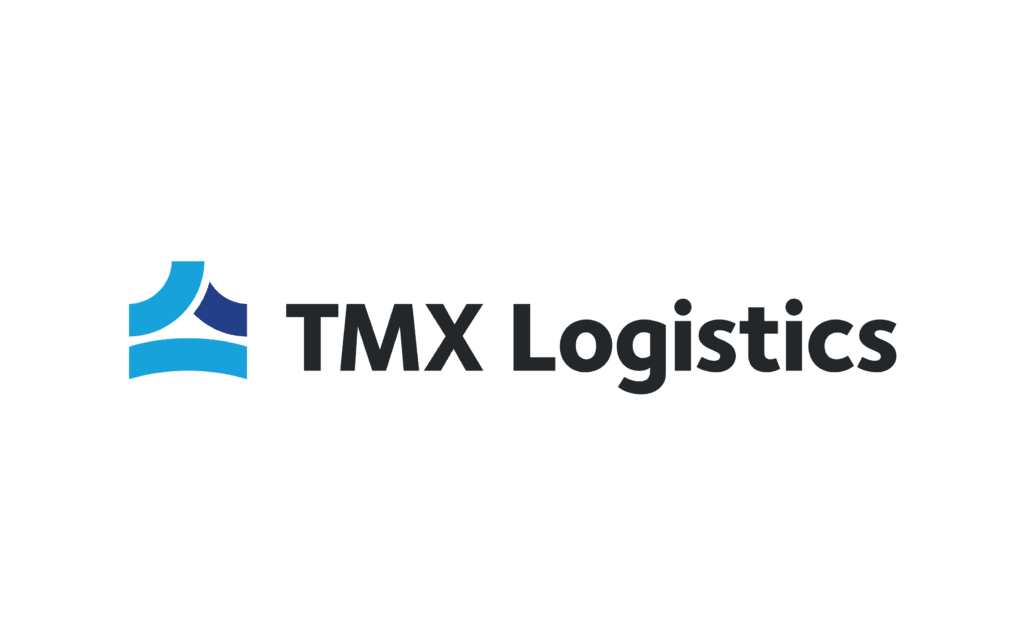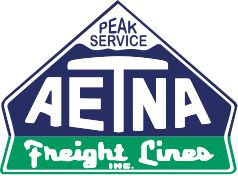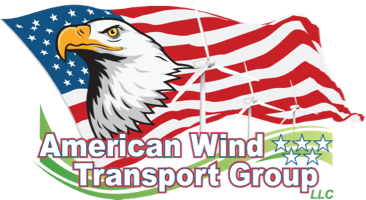RFPs often feel like a data dump: A seasonal ritual that circulates spreadsheets and returns a stack of rates. Done strategically, though, they become a way to trade volatility for commitment and guesswork for clarity.
For shipping teams, a strategic RFP improves service, increases predictability, and ultimately, should lead to stronger carrier partnerships.
Partners start owning lanes instead of chasing them. Drivers know which dock backs up after lunch. Dispatchers pre-plan around the construction that always drags a route ten minutes slow. Over time, that local knowledge turns into fewer missed appointments, cleaner handoffs, and steady forecasting.
This article offers ideas for creating a more strategic RFP that drives smarter bids and better awards.
Strategy #1: Set the intent: What is this RFP trying to achieve?
RFPs work best when the aims are clear before bids go out. Picking a few priorities—and stating what’s flexible—turns a pricing exercise into a strategy.
Start with two or three primary goals
Decide what matters most and lay it out clearly for bidders. Examples include:
- Fewer carriers on core lanes
- Best-fit specialists where they matter most
- Price stability with a defined review cadence
- On-time performance or dwell-time targets
- Cross-border competence, including permits and partners
- Equipment depth where needed
- Clear communication standards for status updates and exception handling
“When shippers share their top priorities early, our pricing and planning teams can model trade-offs clearly, so rates and service expectations are clear and realistic,” says Sara Freeman, VP of IT and Innovation at Bridgeway.
Decide what can bend (and state it clearly)
Be clear about where you’ll allow flexibility. For example: when a backup carrier should step in, when a small “mini-bid” makes sense during busy seasons, and how work will be split between primary and backup. Also, be clear about what happens if performance slips—what triggers a fix-it plan and what would lead to re-awarding a lane—so expectations are plain from the start.
Turn goals into what bidders will actually deliver
Consider inviting carriers to bid only where their network strengths match your lanes, and ask for a brief fit statement that names the lanes they can own, how they’ll support them, and how they recover when something slips. Many carriers submit a rate on everything, but knowing that a carrier has a strategy to support you based on their strengths can lead to better service.
“In some cases, we focus our bids on lanes where our carrier network is strongest, because we know this will keep performance at its best for the shipper, and we value partnerships, not just contracts,” says Katie Springob, VP of Marketing for Bridgeway.
Strategy #2: Include the everyday realities
Share the facts about what happens on your docks and routes. Note which facilities are first-come-first-serve, where wait times are common, and when volumes spike. Let bidders know about driver-assist requirements, seasonal slowdowns, or construction that routinely adds time. Those details help turn hidden costs into planned costs.
“I prefer to have a lot of detailed information rather than make assumptions in pricing,” says Freeman.
Be specific about volumes
List average and peak shipment counts for each lane, and flag any big swings throughout the year. Clear data keeps pricing realistic and reduces the chance of re-bids.
Include a fuel schedule
Even a simple fuel plan can prevent big surprises. Tie adjustments to a public index so pricing stays fair when fuel costs rise or fall. Without it, a few cents at the pump can turn into a budgeting headache for both sides.
Spell out accessorial expectations
If detention, tarp jobs, or weekend deliveries are part of the job, make that clear. It’s better to plan for those costs now than debate them on the dock later.
Strategy #3: Reconsider the invite list
Many smaller teams default to longtime incumbents, and that’s understandable. Loyalty and familiarity help, but it can also lock in the same results. If there are areas you’d like to see improved—better communication or stronger service, for example— widening the invite list raises the odds of reaching your goals.
Evaluate existing carriers’ performance
Before sending your next RFP, take a clear-eyed look at how existing partners are doing. Who consistently hits appointments, communicates early, or recovers fast when a truck falls off? Then study the friction points—missed pickups, long dwell, or recurring invoice issues. Those patterns often signal where a new partner could improve service.
What to learn before inviting companies to bid
A quick call or a little research can reveal the facts that make or break a company’s spot on your RFP list:
- Power lanes and network density
- Equipment depth and availability
- Insurance coverage and safety record
- Cross-border capability and credentials
- Service differentiators, such as visibility tools or recovery plans
Ask for a simple one-pager
Have each bidder send one page that maps their strengths to your network: which lanes they can own, how they’ll support them day to day, and how they recover.
From strategy to partnership
Building a smarter RFP is just part of the work. The rest is turning winning bids into results. That’s where Bridgeway’s hybrid model helps. We operate with the discipline of an asset carrier and the flexibility of a broker, so we can align to shippers’ goals instead of forcing a one-size-fits-all approach.
“Because we have asset roots, we know how to provide service like an asset company even if we broker the load for a better rate,” says Springob.
Every Bridgeway partner carrier is vetted for safety, communication, and reliability, and held to the same standards as our own fleet. That consistency helps the rates and service levels awarded hold up in practice.
The bottom line: A strategic RFP isn’t more paperwork. It’s a tool for getting better inputs that lead to steadier outcomes.













